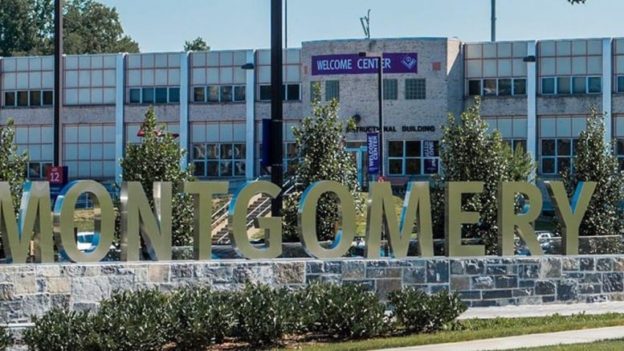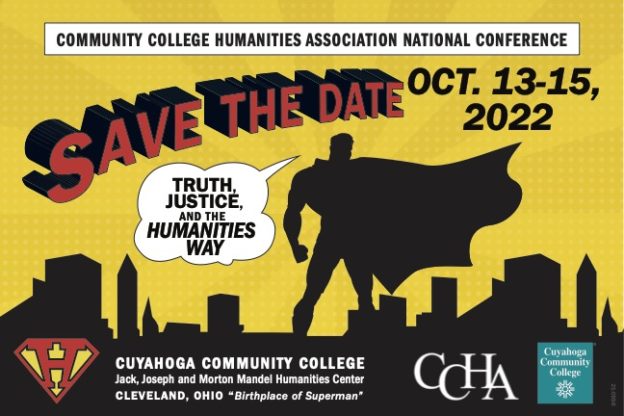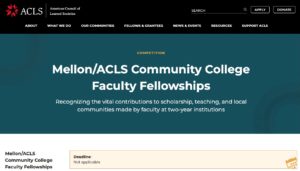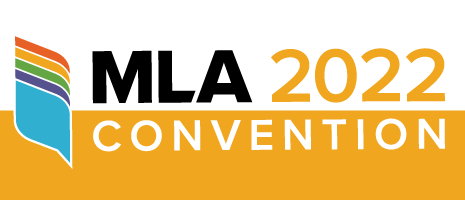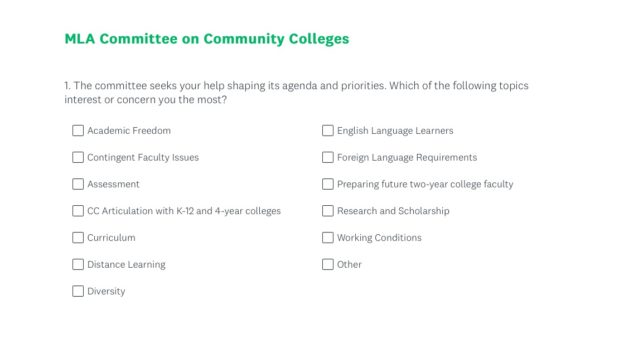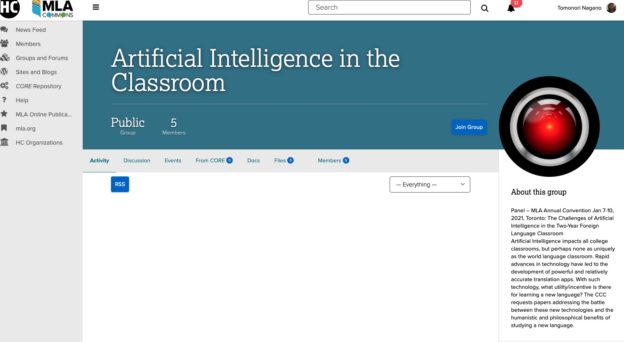1 March 2023
M.L.N. Birdwell and Keaton Bayley’s “When the Syllabus Is Ableist: Understanding How Class Policies Fail Disabled Students” is a 2023 recipient of the Mark Reynolds TETYC Best Article Award (“Awards”). The article argues that many “[g]rading criteria and classroom policies … discriminate against neurodivergent students” because the grades are determined by normative “behavior” that neurodivergent students struggle to replicate (220). Syllabi are often framed as documents that uphold and support diversity, equity, and inclusion; however, these same syllabi often interfere with neurodivergent students’ abilities to succeed in college (221). For instance, students on the autism spectrum disorder “behave, communicate, interact, and learn” in ways that distinguish them “when compared with the neuro-majority” (225; Figure 1). Syllabi often reify ableism by insisting on actions that not all students can perform equally adeptly. Deducting significant points from their final grades does not help neurodivergent students to learn.
Birdwell and Bayley describe common policies designed to police neurotypical misbehaviors that impede the ability of neurodivergent students to learn and succeed. Requiring attendance and punishing absences are standard syllabus features. Birdwell and Bayley observe that this emphasis on presence works against students suffering from depression and anxiety because they have days when they feel “trap[ped] … in the house, or even the bed, on severe days” (227). Rules that enforce “stillness and physical regulation” can also impede neurodivergent students’ grades (230). Birdwell and Bayley note that forcing students to sit still can be difficult for neurodivergent students who “regulate their movement” through activities like “[d]oodling, crocheting, playing with a fidget cube, or phone game” (230). The irony is that these activities that make the student seem like they are not sufficiently regulating their movement actually increase their ability to concentrate (230).
Birdwell and Bayley also critique certain standard classroom activities that can hinder the learning of neurodivergent students. Personal narratives can be problematic for students who have suffered trauma (231). Argumentative essays that focus on “civil rights issues can end with students having to argue their right to existence” (231). Participation and group work can also be significantly challenging for neurodivergent students (231-232).
Birdwell and Bayley are not suggesting that the above standard teaching practices be abolished; rather, they are concerned that the weighting of grades for a course should not cause hardships for neurodivergent students. They recommend that not “more than 10 percent, or a letter grade, rest on factors that disadvantage neurodivergent students” (233). They are concerned that neurodivergent students “shouldn’t fail based on behavior” (234).
The authors include a table that lists “Types of Neurodivergent Conditions” (pp. 225-227). The three-column table consists of “Diagnosis,” “Definition,” and “Classroom effects.” Categories include: autism spectrum disorder, attention deficit hyperactivity disorder, learning disabilities, anxiety, depression, executive dysfunction, time blindness, sensory processing issues, rejection sensitive dysphoria, motor skills issues, and stimming. This comprehensive list is a valuable resource on its own.
Birdwell and Bayley’s article is enormously valuable because it reminds us how neurodivergent students struggle to have an equitable learning experience. I admired its call to bring greater communication, compassion, and empathy to teaching. Accommodation Services are valuable, but the authors would like for faculty to be proactive in meeting all students’ needs rather than reactive to a directive from a legally mandated office on campus. The article is a particularly valuable resource for neurotypical professors that can help them to recognize their own implicit ableist practices or attitudes that hinder the learning and success of their neurodivergent students.
Works Cited
- “Awards.” National Council of Teachers of English, n.d., https://ncte.org/awards/journal-article-awards/tyca-best-article/.
- Birdwell, M.L.N. and Keaton Bayley. “When the Syllabus Is Ableist: Understanding How Class Policies Fail Disabled Students.” Teaching English in the Two-Year College, vol. 49, no. 3, 220-237.


